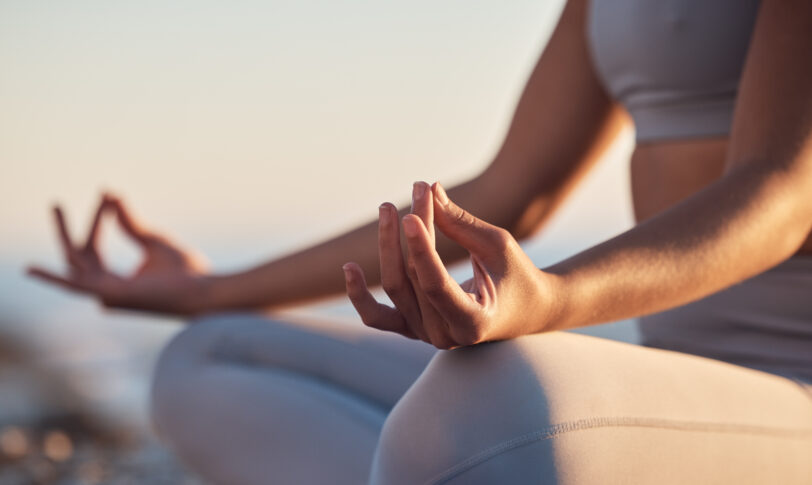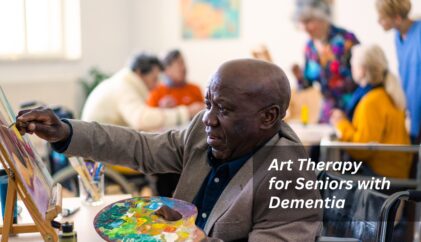
Whether you are new to mindfulness or have been practicing for a long time, I invite you to pause and turn inward for just a few minutes to meditate with a beginner’s mind.
Wherever you go, there you are.
Getting started with, or continuing, mindfulness meditation
Mindfulness meditation provides us the space to explore our sensations, emotions, thoughts, and experiences through our natural curiosity and wonder. It is available to us in every moment and it is omnipresent. Mindfulness is about learning to pay attention to not only our inner workings of our own mind but also what surrounds us. It is about making a conscious effort to be present, non-judgmental, and non-reactive in small increments of time and space.
Although mindfulness is by no means a cure all, it can be applied in so many different aspects of our lives. From the way we drink our coffee in the morning, the way we parent our children and pets, the way we go from place to place throughout our day, and the way we communicate with each other. Imagine if we became more mindful in all the seemingly small and subtle parts of our experience. To have just a minor shift in perception can potentially lead to better choices, improved well-being, and more enjoyable moments.
- Being Aware - having deliberate awareness by paying attention with intention and on purpose
- Being Non-judgmental - giving up your attachment to your preferences or personal judgments based on past conditioning. It means not seeing things as “good” or “bad” but rather seeing things “as they are."
- Being Non-reactive - allowing experiences to come and out without reacting in an effort to change them. To react is automatic which implies a lack of choice.
How to Begin:
Begin by sitting or standing with a posture that promotes a sense of being awake and alert, not stiff. Close your eyes or have a soft gaze directly ahead of you and take three slow breaths in and out.
Minute 1 – What Is Your Experience Right Now?
- Become aware of your thoughts, what is going through your mind right now?
- Notice what feelings are present and turn toward them (pleasant or unpleasant).
- What body sensations do you notice (tightness, tension, pain)?
- Simply observe what is happening, there is no need to try and change anything you are experiencing.
Minute 2 – Focus on the breath.
- Now redirect your attention to your breath.
- Becoming aware of the sensations of breathing.
- Feeling your breath move in and out of your body.
- Use your breath to bring you into the present moment.
Minute 3 – Expand your attention.
- Now expand your awareness to notice the whole body.
- Noticing your facial expression, posture, and the environment you are sitting in.
- Keep breathing as you do this.
- When you are ready, open your eyes and take in the room.
Bring this awareness to the rest of your day.
This 3-minute breathing space is adapted from Williams, Teasdale and Segal, Mindfulness-Based Cognitive Therapy For Depression, 2013
By: Torna Li, PsyD
Regional Director for California.



